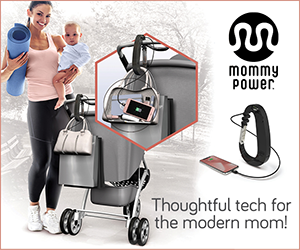Five Things to Look For in a Convertible Car Seat
There are many factors to consider in order to find the best next-level car seat for your baby. As a toddler, your child’s safety needs change from those during the infancy stage. A convertible car seat must meet Federal regulations to ensure your child’s safety, as well as, include these following five important qualities.
Maximum weight for rear/forward-facing position
Children below two years of age are required by law to be in a rear-facing car seat. A great convertible car seat allows a smooth transition from a rear-facing seat to a forward-facing one. Knowing the manufacturer’s maximum weight and height limit for both positions means you can easily switch the car seat as your child grows.
A safety harness system
Keeping baby protected during travel is a must, and there are no compromises about it. Strapping your little one onto a car seat should never be done perfunctorily. When shopping around for your baby’s car seat, be on the lookout for a five-point safety harness system. It ensures proper fit and maximum safety for your toddler during car trips.
Ease of installation
Child car safety shouldn’t be a complicated affair, nor should it consume precious time and effort. A great convertible car seat is designed with easy installation and a smooth transition from rear to forward-facing positions in mind.
Adjustability
Convenience ranks high when it comes to selecting a convertible car seat for your baby. If you travel a lot with your child, consider a car seat that offers more than the usual safety “must-haves” so you can have peace of mind. Features that adjust to your specific needs are ideal, so carefully look over these seemingly minute details when shopping for a convertible car seat.
Proper measurement
A convertible car seat may meet all the safety requirements and needs of your toddler, but at the end of the day, it should fit in your car’s backseat. Many customers end up returning what they thought was the ideal car seat because they forgot that one important rule: proper measurement. Always refer to your vehicle’s owner’s manual first. This will give you an idea of where you should install your baby’s car seat, and if it will fit properly.
You can also ask for assistance from Child Passenger Safety (CPS) technicians from your local hospital, police station, or fire station. These CPS technicians are trained and government-certified to help make sure that your baby car seat is correctly and safely installed.
Good Luck!
Julie McCaffrey
About Julie McCaffrey
Parenting expert Julie McCaffrey is a proud mommy to 3 kids and owns BabyNav Baby Planners where she offers personalized consultation to new and expecting parents along with functioning as the Chief Brand Officer at PishPoshBaby.com—the high-quality baby store that supplies the facts and advice, along with the right choice, to parents who are completely lost in the whirlwind of baby gear. She loves to help moms and dads navigate everything from baby gear, preparing for multiples, getting back to work and getting the whole family on a routine.




